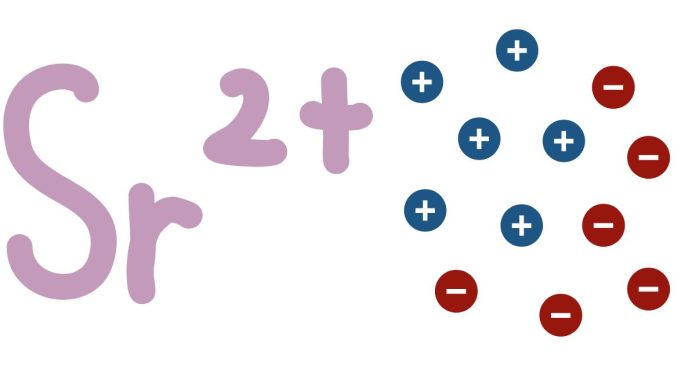Strontium is a chemical element with the symbol Sr and atomic number 38. As an alkaline earth metal, it shares similar properties with other elements in Group 2 of the periodic table, like calcium and magnesium. Understanding whether strontium forms a cation or an anion, as well as its charge, is essential for grasping its chemical behavior and reactivity.
Does Strontium Form a Cation or Anion?
Strontium typically forms a cation, which is a positively charged ion. This is because strontium has a tendency to lose electrons when it reacts with other elements. Specifically, strontium atoms lose two electrons from their outermost electron shell to achieve a stable electron configuration. This loss of electrons results in a positive charge.
What Charge Does Strontium Have?
When strontium loses its two outer electrons, it forms a Sr²⁺ ion. The “²⁺” indicates that the ion has a +2 charge. This happens because, after losing two electrons, the strontium atom now has more protons than electrons, giving it a net positive charge of +2.
Why Does Strontium Form a Cation?
Strontium, like other alkaline earth metals, has a relatively low ionization energy, meaning it does not require much energy to lose electrons. By losing two electrons, strontium achieves the same stable electron configuration as the noble gas krypton, which makes it more chemically stable.
Conclusion
Strontium forms a cation with a +2 charge, represented as Sr²⁺. This is typical for elements in Group 2 of the periodic table, which tend to lose two electrons to achieve stability. Understanding the charge and behavior of strontium is crucial for its role in various chemical reactions, particularly in the formation of compounds such as strontium sulfate or strontium chloride.


